Medieval Life 104 – Part 1 – History of Christmas Through the Ages
History of Christmas
Christmas as we know it today, evolved over many centuries with many changes along the way. Let us travel through the ages to understand how this Sacred celebration has come to be.
Christmas is derived from the Middle English “Christemasse”, and Old English “Cristes mæsse” (Christ’s Mass), a phrase first recorded in a Saxon book in 1038. It was compounded from Old English derivatives of the Greek ‘christos’ and the Latin ‘missa’.
In early Greek versions of the New Testament, the letter Χ (chi), is the first letter of Christ. Since the mid-16th century Χ, or the similar Roman letter X, was used as an abbreviation for Christ. Hence, Xmas is often used as an abbreviation for Christmas.
The traditional Christian story of Christmas, finds its origin in the Gospels of St. Matthew and St. Luke. Luke’s Gospel focuses on the trials of Mary and Joseph, a Jewish couple, who lived in Nazareth in Galilee. At the time of Jesus’ birth they had traveled to Bethlehem, near Jerusalem to comply with the orders of the Roman governor that everyone should return to their home city for a census.
They were forced to spend the night in a stable because there was no room for them at the inn. The baby Jesus was born and Mary laid Him in a manger, or feeding trough. That same night an Angel appeared to some Shepard’s who were looking after their sheep. The Angel told them to go see the Saviour that was born that night.
In the Gospel of Matthew the account does not give a definite number of wise men. The number of three wise men may have come about due to the fact Matthew mentions three gifts. It is believed they were kings as one of the passages in Psalms refers to kings bearing gifts. The kings are also called the Magi. Their names were Gaspar, Melchior and Balthasar and they brought gold, frankincense, and myrrh as gifts to the Christ Child.
The Wise Men visited the Christ Child on the Twelfth night or Three King’s Eve. This visit is commemorated on the Epiphany ( meaning “manifestation”). When the Romans began to introduce Christianity to the West, the Epiphany was noted as the day the Wise Men came and presented their gifts to Jesus at Bethlehem in Judea. This event takes place on January 6th. Epiphany also symbolized the manifestation of Jesus as the Son of God when he was baptized in the River Jordan.
Early Days of Christianity
The early days of Christianity were different than today. Those early Christians in the second half of the 1st century had to try to gain converts while avoiding persecution. Official persecution of Christians began around A.D. 64 under Emperor Nero. At this time the Egyptians worshipped the goddess, Isis, the Greeks, the goddess Demeter, and the Persians, the god Mithra.
The god Mithra was born on December 25th as an offspring of the Sun. Mithra was born from a rock within a cave, and his birth was witnessed by a group of shepherds. He was represented as a beautiful youth and a Mediator.
In 306, when Constantine came to power as the Roman Emperor, the prevailing religion was Mithraism. Constantine was born at Naissus and was the son of a Roman officer. He was also a distinguished soldier.
Constantine on the eve of a battle with Maxentius had a dream. In his dream he was told to inscribe the letters XP (the first two letters of Christ in Greek ), on his soldiers’ shields. During the conflict he saw the words “with this sign your shalt conquer” with a cross in the sun. He was victorious in the battle and hence, became a great supporter of the Christian religion.
In AD 325, Constantine gathered together 2,000 leading figures in the world of theology, to bring about the advent of Christianity as the official state religion of Rome. These theologians formally declared Jesus to be the Son of God and Saviour of Mankind.
Constantine chose the date of December 25th to celebrate Christmas. This date may have been chosen, as it is the same date that the birth of Mithras, the Persian god of light, was celebrated. Also, the pagan god Saturn, one of the chief gods of the Roman pantheon, was worshiped on December 17th.
Constantine also commissioned the building of the Church of the Nativity on a spot in Bethlehem that they assumed to be the exact birthplace of Christ. In 333 AD the Emperor Constantine completed the basilica. Shortly before his death, Constantine received baptism and became the first Christian Roman Emperor.
End of Part 1
Read Next Part 2
Lady Sharon,
Scribe of the Knights of the Pain Table
Medieval Life 101 – Christians and the Catholic Church in the Middle Ages Part 1
Medieval Life 102 – Judaism and Jewish Life in the Middle Ages – Part I
Medieval Life 103 – History of Hanukkah Part I of Jewish Festivals

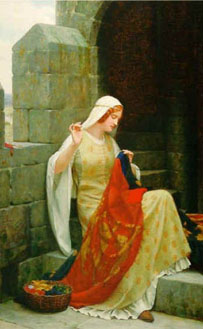
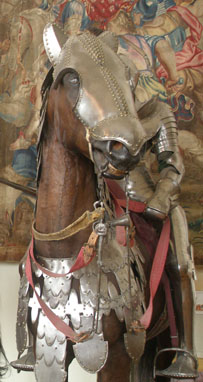


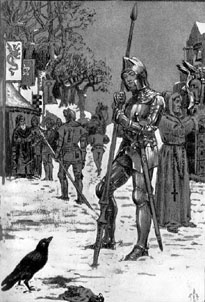
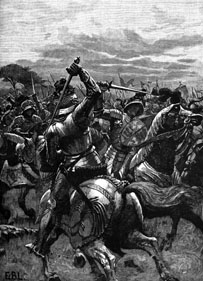







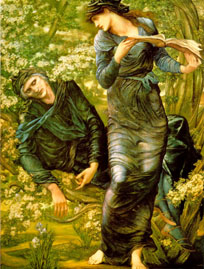
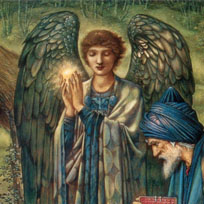
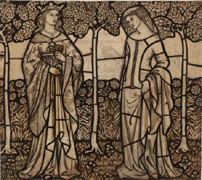

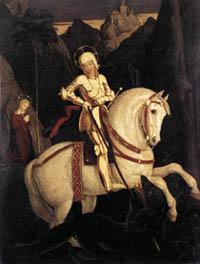
Comments